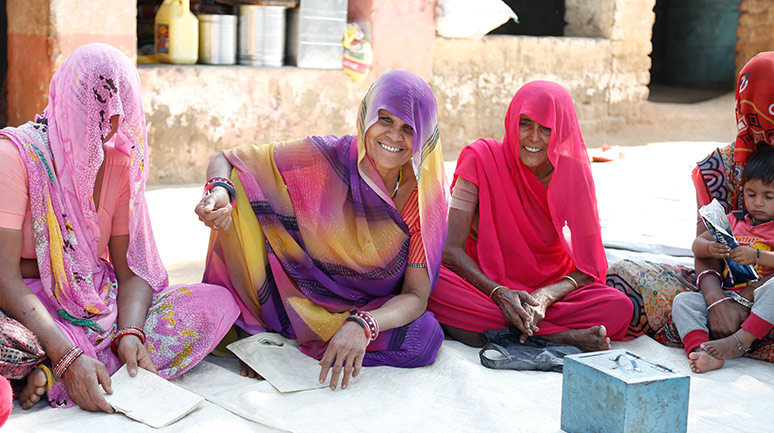SHGs: Changing Perspective of and Impact on a Development Practitioner


Realizing that SHGs are not merely credit-and-savings entities but have immense potential to be instruments of development and change is a huge discovery in the writer’s professional journey.
W HEN I FIRST BEGAN WORKING AS A development professional, SHGs seemed to have the solitary function of being a savingsand- credit entity; a body in the records of mission-mode projects, with sutras to follow, just like how students are treated in school—made to comply, administered upon, and told what to do, ignoring the multi-faceted and far-reaching potential of children. Less than a year ago, I viewed SHGs as a group of 10–20 women meeting regularly, saving a fixed amount, lending the money internally, being linked for credit with the outside, and gradually starting a social enterprise.
This idea of what an SHG was had its basis in the understanding I gained as a student, which was mainly in the context of micro-finance and ‘financial-inclusion’, an idea that was reinforced in my first job. During my brief professional experience of working with SHGs elsewhere, I saw the institution function, with micro-finance as its focus, so much so that we used to refer to SHGs as bachat gats (savings groups). This idea of what an SHG was had its basis in the understanding I gained as a student, which was mainly in the context of micro-finance and ‘financial-inclusion’, an idea that was reinforced in my first job.
This idea of what an SHG was had its basis in the understanding I gained as a student, which was mainly in the context of micro-finance and ‘financial-inclusion’, an idea that was reinforced in my first job.

